Infections in the Elderly
Did you know that almost a third of all senior deaths are caused by an infectious disease? This is often due to the difficulty in discovering and diagnosing these illnesses, as the standard warning signs of infection materialize differently in a senior’s body. Furthermore, new strains of bacteria are continuously developing a stronger resistance to antibiotics, which doesn’t help the already aging immune system of your loved ones.
Because of these concerns, it is imperative for all caregivers to familiarize themselves with these common infections in the elderly and their warning signs, as well as what treatments are available. Here is a list of the most common infections you need to be aware of.
Urinary Tract Infections
A UTI is the most common form of infection found in seniors. Usually, this term is used to refer to a bladder or urethra contamination, but this bacteria can also spread to the kidneys which becomes a much more dangerous problem.
Senior’s who suffer from diabetes or use a catheter are at a higher risk, but other causes (such as an enlarged prostate, an increase in vaginal pH, or not emptying the bladder properly) are also widely reported.
The standard symptoms of urinary tract infections (such as pain, discomfort, fever, and persistent desire to urinate) are not always immediately evident in seniors. Rather look out for confusion or increased dementia symptoms, and if any vomiting occurs, seek immediate help.
The correct treatment depends on the infection itself, which is why a proper diagnosis is essential while ensuring the patient is properly hydrated.
Skin Infections

Photo courtesy of Pixabay(DarkoStojanovic)
This is an umbrella term for a myriad of ailments such as shingles, pressure ulcers, fungal foot infections, or the Methicillin-resistant Staphylococcus aureus. Seniors are less able to fight off these infections as their aging skin does not heal as quickly as it used to. Diabetes also plays a negative role.
These skin conditions can come from an array of sources, including a weakened immune system, lack of mobility, moisture, or human contact (which includes communal showers).
Look out for any pain, itching, unfamiliar marks, or rashes. Mild fevers have also been reported. As always, the prevention of superficial infection is your best approach. Good hygiene is a must especially in a communal environment, so encourage hand washing and regular bathing schedules.
Vaccines and the proper disposal of all bodily secretions are also important considerations. If someone is already infected, isolate them from any other human contact and treat their contamination with antiviral agents.
Influenza and Pneumonia
An unattended respiratory infection (influenza) may develop into a severe lung inflammation (pneumonia) where the air sacs fill up with fluid and harden. This is the fifth leading cause of death for seniors due to diminished lung capacity, exhausted immune systems, or pre-existing conditions (such as cardiopulmonary disease or diabetes).
These germs are usually spread from person to person, transmitted via a cough or a sneeze, and then inhaled into the lungs. Community settings and closed environments are a definite reason for increased concern.
Be on the lookout for any obvious signs (such as the chills, coughs, sore throats, and fevers) but be aware that these symptoms are often less clear in seniors. Sudden headaches and a weakened demeanor are early red flags, while subtle changes in their behavior (including confusion and delirium) should also be watched carefully.
Routine checkups, pneumococcal vaccines, and a strict no-smoking policy are some of the best methods of prevention, while antibiotics from a doctor should be used to treat an existing condition. And remember that the sooner someone gets diagnosed, the better their chance of a swift recovery.

Photo courtesy of Pixabay(geralt)
Gastrointestinal Infections
There are various types of bacterial infections which affect the stomach and/or the small intestine, but Helicobacter pylori and Clostridium difficile are the most common.
These outbreaks can be passed on from individual to individual or introduced to the system via means of undercooked food/contaminated water. The risk of infection is increased when traveling to foreign regions which contain viruses that their body is not accustomed to.
The standard symptoms of gastrointestinal infections can be expected here, and include abdominal pain, fever, nausea, vomiting, and diarrhea. This rapid loss of liquid means that you need to continuously hydrate the patient while making a quick diagnosis. If other people feel unwell who also consumed the same meals, then it is safe to assume that this is a food-related outbreak and you can take it from there.
Stomach troubles such as these usually clear up on their own within a few days. However, always speak to a medical professional just to be safe, and use this threat as a good incentive to thoroughly clean your hands before eating anything.
Contributed by Vive Health Writers

 Bonnie also recommends the book Being Mortal by Atul Gwande to all family caregivers who have a loved one needing hospice care. This book is Atul’s personal meditation on how we can better live with age-related frailty, serious illness, and approaching death.
Bonnie also recommends the book Being Mortal by Atul Gwande to all family caregivers who have a loved one needing hospice care. This book is Atul’s personal meditation on how we can better live with age-related frailty, serious illness, and approaching death.



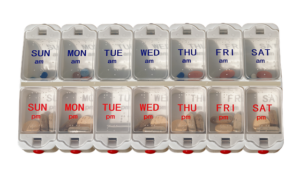


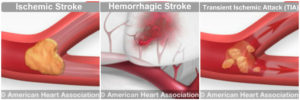




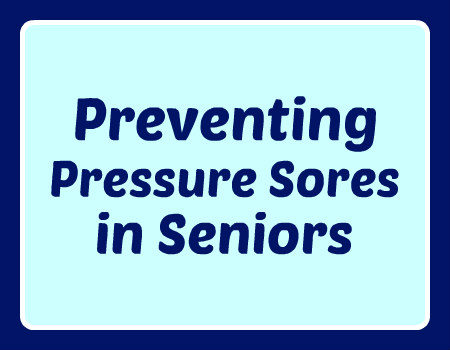



















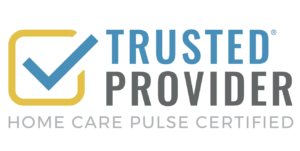





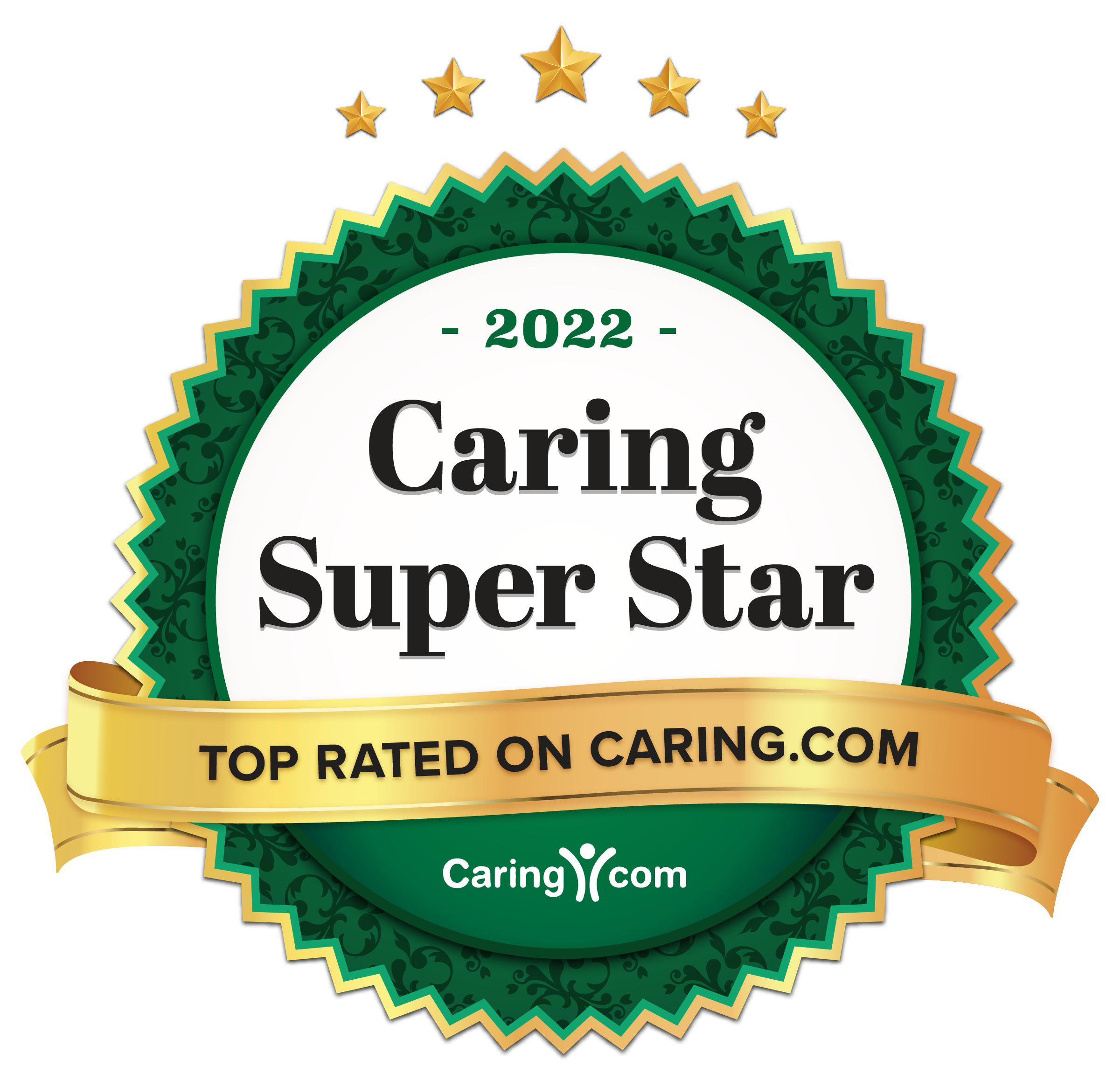 Caring Super Star of 2022
Caring Super Star of 2022 Daily Herald Best of Utah Valley, 2022
Daily Herald Best of Utah Valley, 2022 Utah Valley Chamber of Commerce Business of the Year
Utah Valley Chamber of Commerce Business of the Year